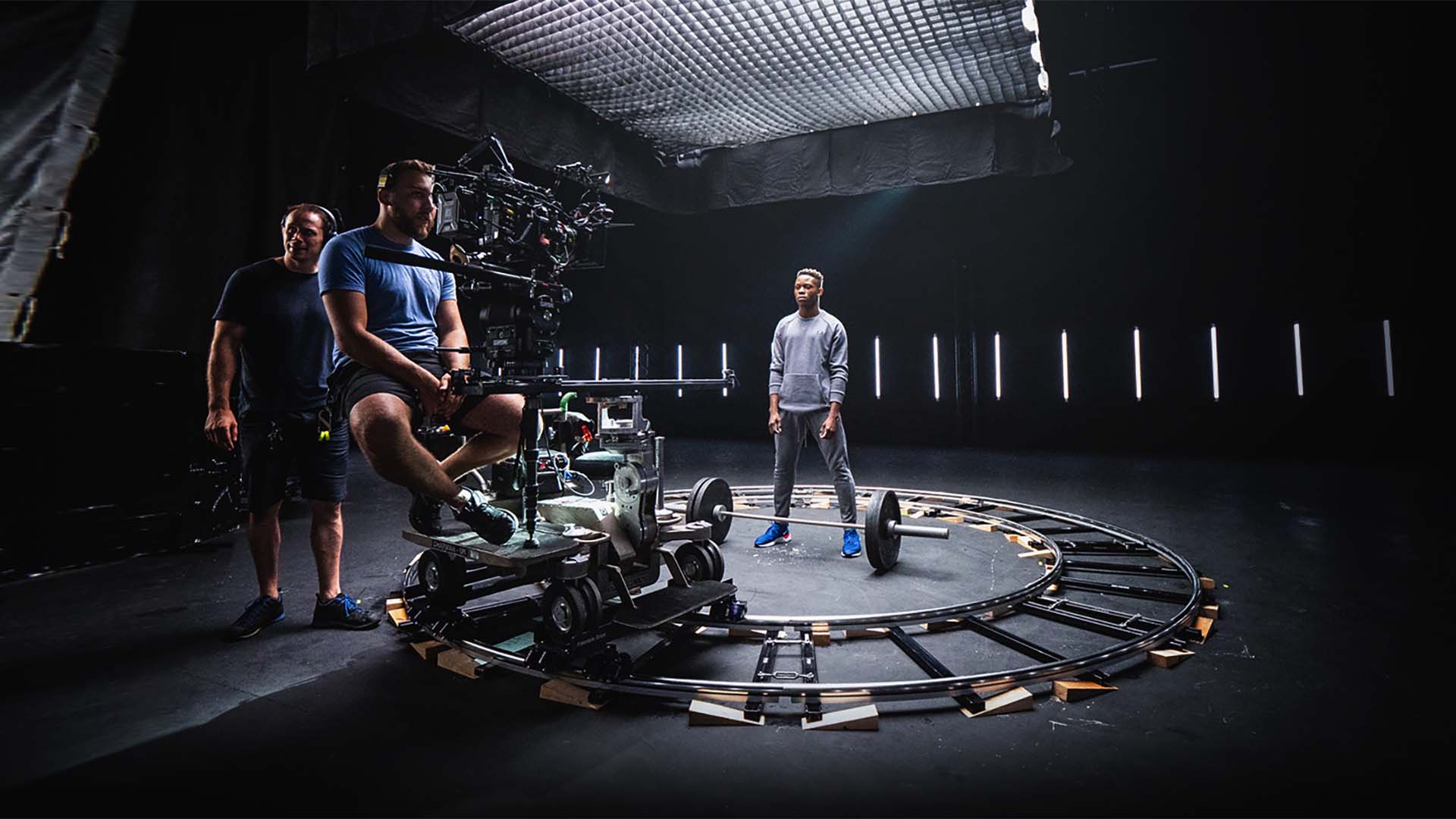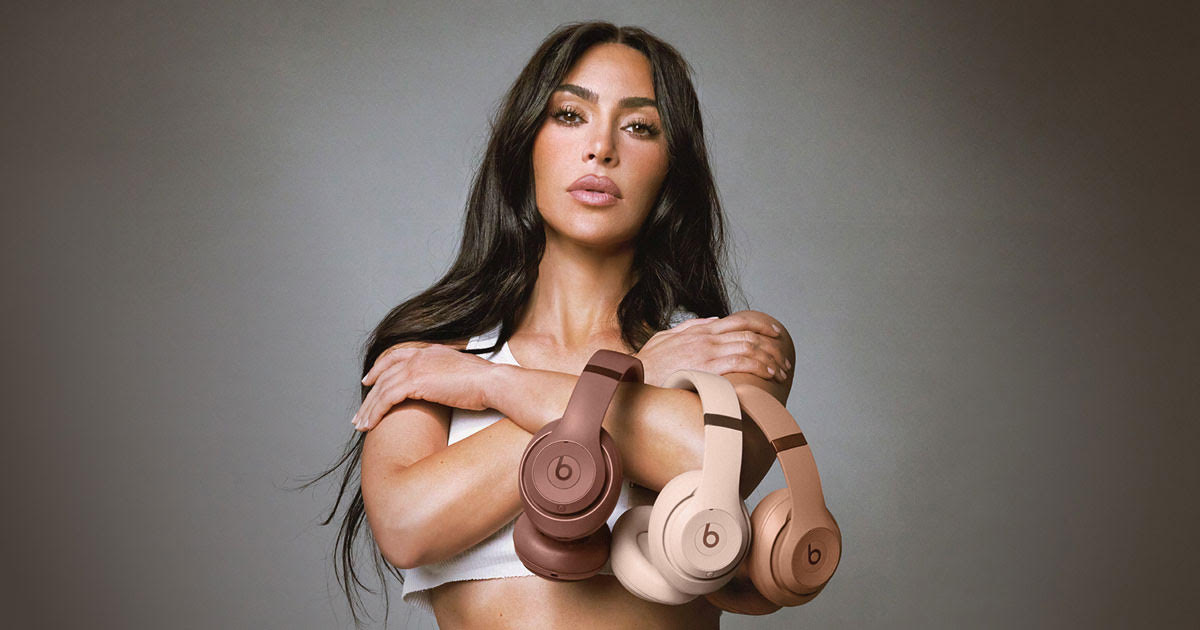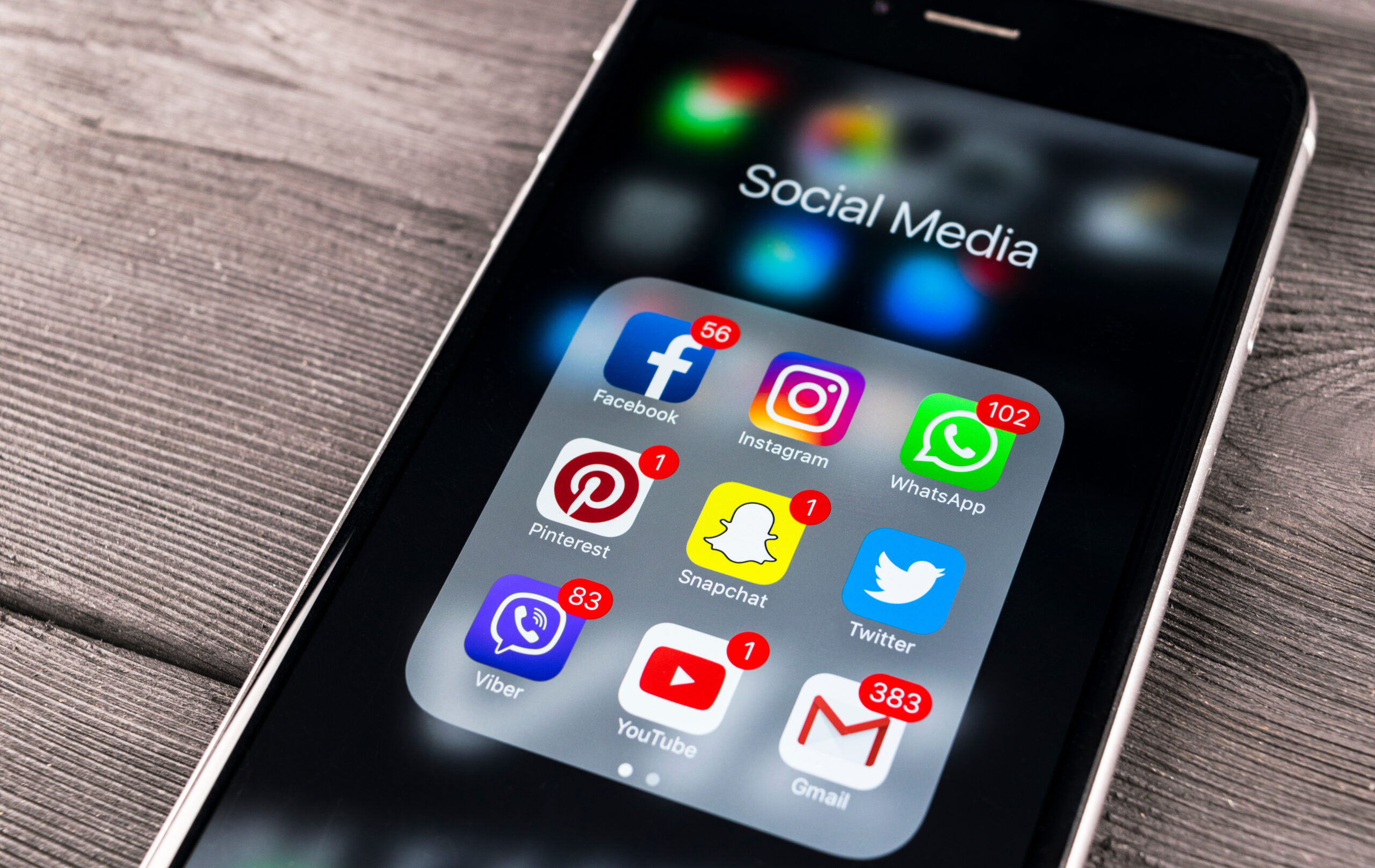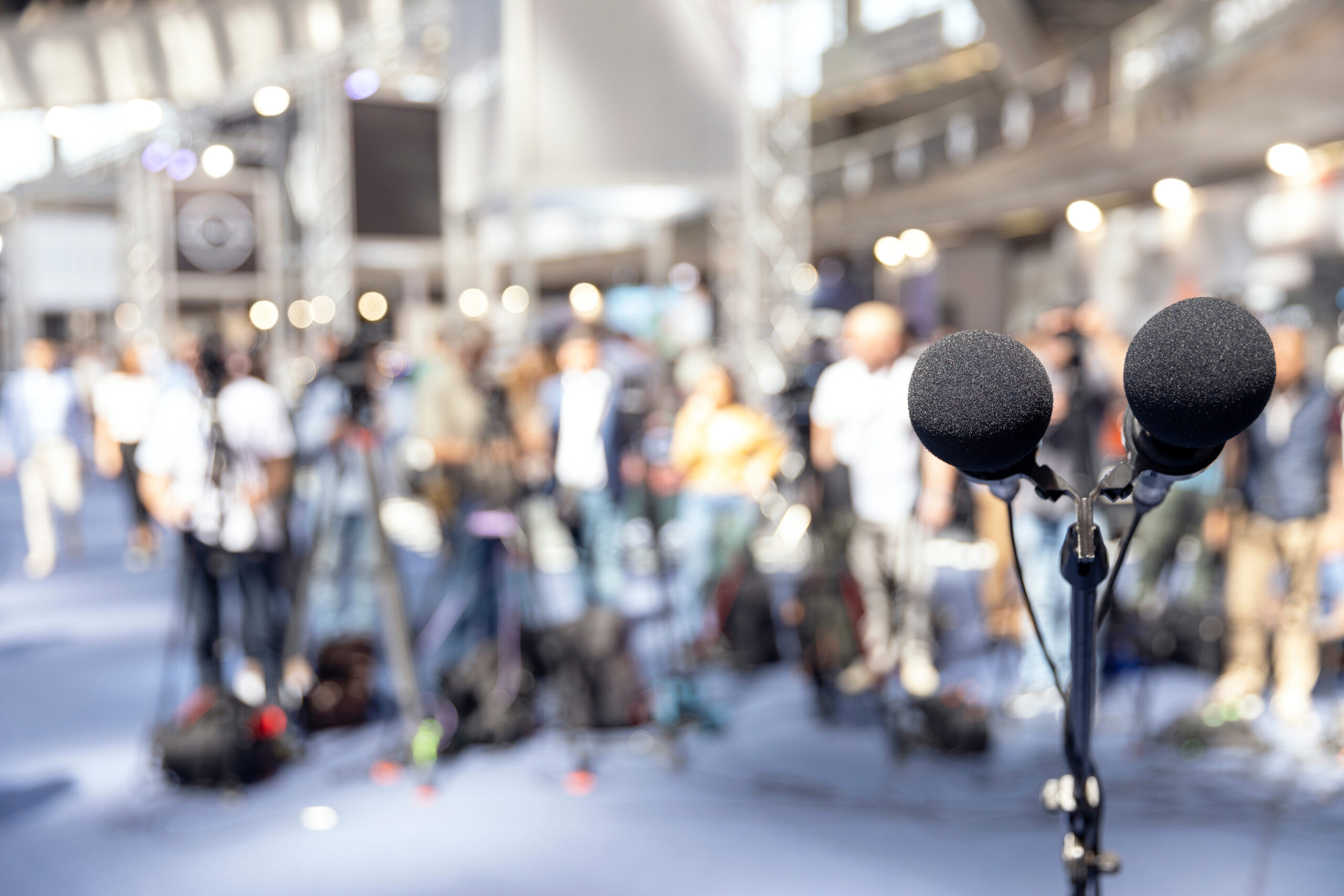Looking to make video content to boost your brand’s marketing efforts? We don’t blame you. As we covered in our guide to the importance of video production in business, videos are a highly effective marketing tool.
By helping a brand explain its products or services, show off its personality, and — quite simply — get results, it’s no wonder almost all kinds of businesses rely on video content. Name a brand, and it’s likely that they’ve at least dabbled in video production at one point or another. There’s a reason we regularly produce videos for our clients here at Pitch, and to great effect.
But, like many things in life, actually creating videos is easier said than done — trust us, we know from experience.
We’ve looked at the three stages of video production already, but to really create great video content yourself, you’re going to require some technical knowhow. And one of the first things budding videomakers ask when embarking on this particular creative journey is: “What equipment do I need for video production?”.
So, to help you gauge the gear you require, we’ve created a comprehensive guide to video production equipment for beginners, covering everything from cameras to lighting. Let’s get stuck in.
1. A video camera
Just like you wouldn’t ski without skis or play golf without a golf club, the one thing you can’t skimp on when it comes to video production is a camera — unless you’re making animated content, of course. We’ll spare describing what a video camera does and why exactly you need one, but your pick here likely informs at least some of the rest of your video equipment choices. No pressure. Some of the main types of video camera you can choose from include:
- Smartphones: Modern smartphones offer ever more powerful video recording capabilities, with most featuring advanced camera sensors, image stabilisation, and various built-in features for video capture. Smartphone video is accessible and convenient, making it ideal for quick video projects. However, for higher-quality video content, you’ll likely want a higher-quality device.
- Camcorders: Dedicated camcorders are designed especially for video recording, and come with features like built-in zoom lenses, manual focus and exposure control.
- DSLR cameras: Digital single-lens reflex (DSLR) cameras are popular among photographers, but are also great for video recording. They offer the flexibility of interchangeable lenses, manual controls, and large image sensors, resulting in high-quality video with cinematic depth of field.
- Mirrorless cameras: Mirrorless cameras combine the advantages of DSLRs with a more compact and lightweight design. They offer interchangeable lenses, excellent video quality, and advanced autofocus systems, and are increasingly popular for video production due to their versatility and portability.
- Cinema cameras: Cinema cameras are designed for professional filmmaking and offer exceptional video quality, colour grading flexibility, and compatibility with cinematic accessories. Brands like Blackmagic Design and RED produce high-end cinema cameras favoured by filmmakers.
Other types of video camera you may want to consider include action cameras and drone cameras.
2. A tripod
If a video camera is the golf club of the video production world, a tripod is the tee — kind of. This piece of equipment is a three-legged stand or support system used to stabilise a camera or other recording equipment during filming. Below are some of the main reasons why tripods are crucial in video production:
- Stability: Tripods provide a stable platform for the camera, eliminating the shakiness and vibrations that can occur when holding it by hand. This stability is vital for creating professional-looking, steady shots.
- Consistency: Tripods also allow you to maintain a consistent framing and composition throughout a scene or shot. This ensures continuity and visual coherence in your video.
- Precision: With the ability to adjust the tripod’s height, pan, tilt, and sometimes even its levelling, you can achieve precise framing and camera movements, which is particularly important for controlled and deliberate cinematography.
- Hands-free operation: Tripods free up the camera operator’s hands, allowing them to focus on other aspects of the production. These include monitoring the shot, interacting with the actors, or making adjustments to lighting and audio equipment.
- Long takes: Tripods are especially useful for capturing long takes or time-lapse sequences where stability and consistency are crucial.
Read this guide to the best video tripods to help you make the right choice when buying one.
3. Lighting
Camera lighting, also known as photographic or video lighting, refers to the use of artificial light sources to illuminate a scene or subject during photography or videography. These light sources are used to provide consistent and controlled lighting conditions, ensuring that the scene is well-illuminated, visible, and properly exposed. Some of the main types include:
- Continuous lights:
-
-
- Tungsten Lights: These are traditional, hot, and tungsten filament bulbs that emit warm, yellowish light and are often used for indoor lighting setups.
- Fluorescent Lights: These lights produce a cooler, more neutral white light. They are energy-efficient and commonly used in studio lighting setups.
-
- Flash lighting:
- On-camera flash: Built-in or external flash units mounted directly on the camera provide a burst of intense light for quick shots.
- Off-camera flash: Flash units placed off-camera, often triggered remotely, allow for creative control over lighting direction and intensity.
- Softboxes and diffusers: These light modifiers soften and diffuse light, reducing harsh shadows. They are commonly used with continuous lights or strobes.
- Reflectors: Reflectors bounce light onto the subject to fill in shadows or create specific lighting effects. They come in various colours, including silver, gold, and white, which affect the quality and colour of reflected light.
- Spotlights and fresnel lights: These lights create focused, directional beams of light, ideal for highlighting specific subjects or achieving dramatic lighting effects.
4. A microphone
Mic check, one two — the next piece of equipment on our list helps bring a video’s sound to life. Even if your camera features a built-in microphone, a separate mic can significantly enhance the quality of your audio. Here are several options to consider:
- Boom pole microphone: A boom pole microphone allows for the recording of audio from multiple subjects, making it ideal for bigger groups or crowds.
- Wireless microphone: Employing a wireless microphone improves the audio quality from your subjects, especially when you lack someone to operate a boom microphone.
- Portable digital microphone: A portable digital audio recorder serves as an external microphone that can also capture additional ambient sounds for added depth to your recordings.
- Shotgun microphone: A shotgun microphone offers precise audio targeting, allowing you to isolate specific sound cues. You can affix it to a boom pole or hold it manually for flexibility.
- Handheld microphone: Handheld microphones are well-suited for on-the-go, run-and-shoot video scenarios. They grant you greater control over movement while filming.
- Lapel microphones: Lapel microphones are convenient as they can be discreetly attached to your subject’s shirt or collar, resulting in clearer and more focused audio capture.
5. Audio cables
Even in today’s wireless world, audio cables are an essential part of video production, as they establish connections between different devices (such as your camera and your mic). Among the types you might require include:
- HDMI: HDMI cables are compatible with the majority of DSLR cameras and HD camcorders.
- USB: USB cables allow you to link your camera to a computer, facilitating the editing process.
- XLR: An XLR cable may be necessary when seeking a balanced audio signal for enhanced audio quality.
- MIDI: MIDI cables become essential when integrating musical instruments into your video content.
6. Headphones
Headphones are another invaluable tool in video production, as they help ensure high-quality audio capture and monitoring. Some of their main functions include:
- Audio monitoring: Headphones allow you to monitor the audio being recorded in real time. This is essential to ensure that the sound quality is optimal and that there are no issues like unwanted background noise, distortion, or clipping during the recording process.
- Quality control: Headphones help you detect any problems with the audio, such as dropouts, interference, or poor microphone placement. Catching these issues early on can save time and effort during post-production and help you avoid costly reshoots.
- Audio level monitoring: You can use headphones to monitor audio levels and ensure that they remain consistent throughout the recording. This prevents sudden spikes or drops in volume that impact the final video’s quality.
- Directional audio: In scenarios where you have multiple microphones capturing different sources of sound (for instance, interviews with multiple subjects), headphones help you confirm that each microphone is picking up the intended audio source and that there is no interference or crosstalk.
- Critical listening: When editing and post-processing audio, headphones provide a controlled and isolated environment for critical listening. You can catch subtle audio details, such as background noises, clicks, or pops, that might go unnoticed when listening through speakers.
7. Camera Lenses
Camera lenses enable you to adjust your camera depending on what you are filming. They come in two major forms: a prime lens, which is a lens with a fixed focal length, or a zoom lens, which has a variable focal distance. Within these two types of lenses, some of the main ones you can choose between include:
- Wide-angle lenses: Wide-angle lenses have a shorter focal length, enabling them to capture a broader field of view. They are useful for capturing expansive landscapes, cramped indoor spaces, and dynamic shots where you want to emphasise the environment.
- Standard or normal lenses: Standard lenses have a focal length that is considered close to the perspective of the human eye. They are versatile and suitable for capturing everyday scenes and general-purpose videography.
- Telephoto lenses: Telephoto lenses have a long focal length, allowing you to magnify distant subjects.
- Macro lenses: Macro lenses are designed for extreme close-up shots, often used for capturing fine details, such as insects, flowers, or product shots. They provide high magnification and typically have a shallow depth of field.
8. Video editing software
Once you’ve got the footage you need, video editing software is required to turn this into a fully fleshed-out video. Here are a few factors to take into account when choosing a programme:
- Price: Video editing software comes in a wide range of price points. Determine your budget in advance to narrow down your options.
- Feature set: Consider which features are most crucial for your editing projects. Common features include trimming, cutting, merging, adding text, special effects, colour correction, and audio editing.
- Editing skill level: You and/or your team’s level of expertise in video editing is another crucial factor. Some programmes are tailored for beginners, offering user-friendly interfaces and simplified tools, while others are designed for experienced videographers who require advanced features and greater control.
- Performance: Consider the software’s performance, especially if you plan to work with large video files or on more complex projects. Look for a programme that runs smoothly on your computer without significant lag or crashes.
- Customer support: It’s advisable to opt for video editing software that includes a comprehensive customer support system. This can be invaluable if you encounter issues or have questions during your editing process.
Be sure to check out this guide to the best video editing software to help you with your decision.
9. Additional equipment
In addition to the above video production equipment, other types of gear you may want to invest in include:
- Extra video camera batteries for long filming days
- Additional memory cards for maximum data storage
- A camera bag to transport your video camera around in
- A mount rig to help eliminate shaking
- Live streaming monitors so you can watch your videos while filming and editing them
And that rounds off our list! We hope that this guide has helped you fully understand the equipment you need for video production, and hopefully, you’re now set to start your content creation journey in earnest.
That said, as you can probably tell by the vast amount of equipment you need, producing video marketing is no walk in the park. It’s therefore little wonder that so many brands outsource their video production campaigns to experts like Pitch, and our experience in this field is exactly why you should do the same. As one of the country’s content production agencies, we’ve created outstanding video content for some of the world’s biggest brands, from EE and Uber Eats, to Betfair and cinch. As a result, you can definitely rely on us to take care of your own brand’s video production efforts and achieve results. Be sure to get in contact with us today to learn more about how we can help you.






